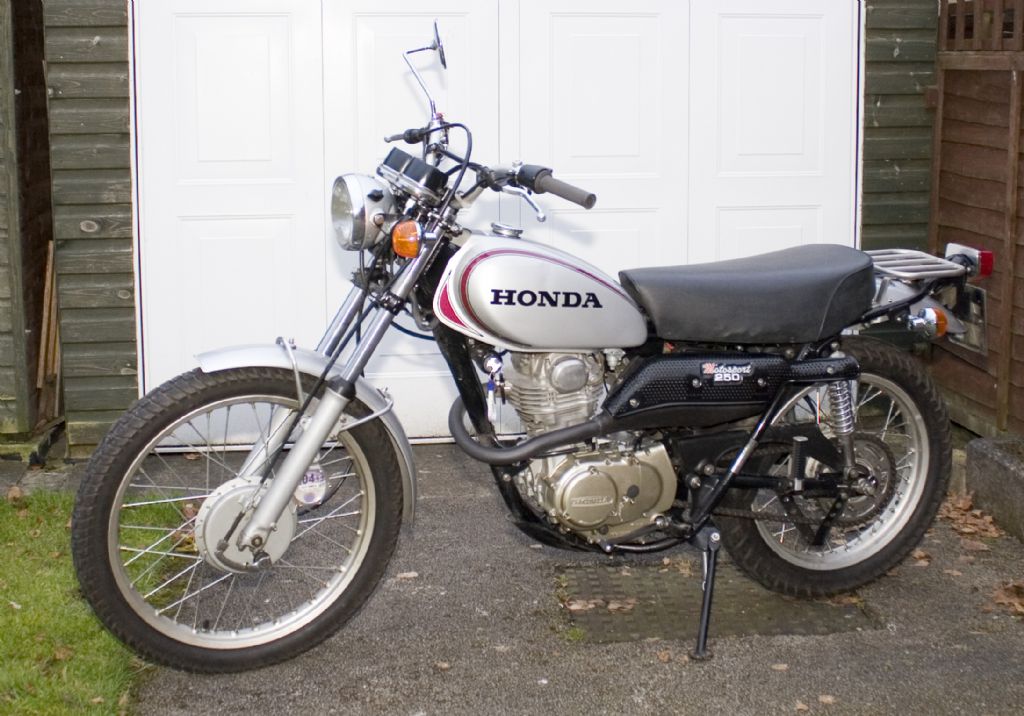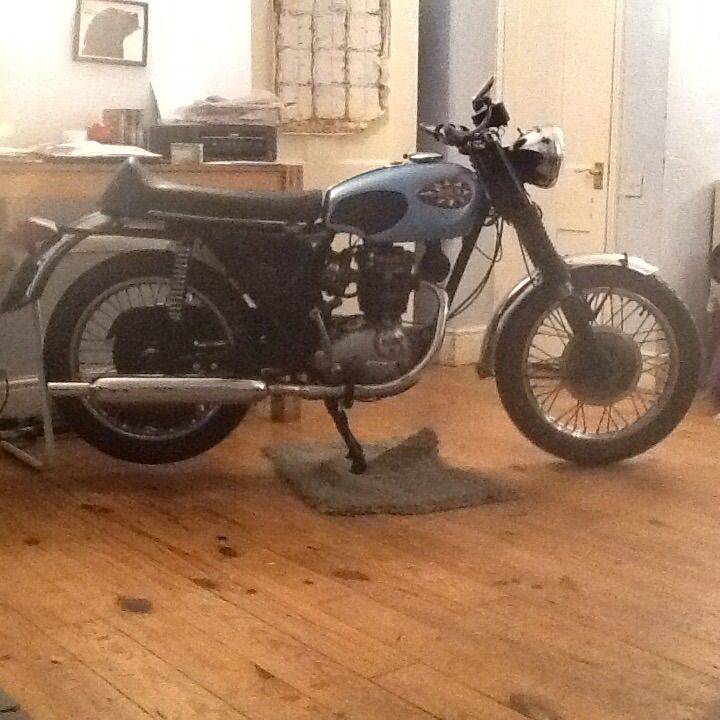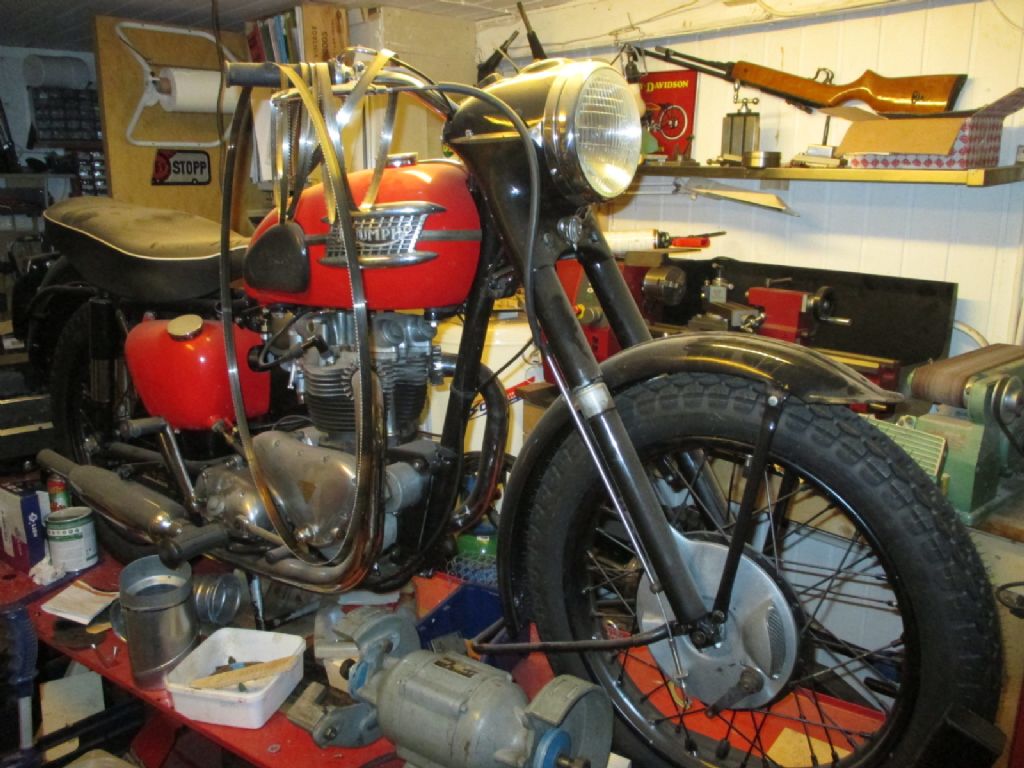Lathejack…if that engine is the same as the one that was in my 1971 Triumph Blazer SS (badge engineering!) then there are a few things to look out for. The exhaust valve guide in mine was aluminium bronze. If you read Phil Irvings books, you will find that aluminium bronze is not considered suitable for exhaust valve guides. Mine had about 1800 miles on the clock when I got it, and the guide was loose in the head. I replaced it with cast iron, which was still in there when I sold the bike with over 25000 miles on it.
Also, there are two sets of timing marks. If I recall correctly (about 40 years later) one gear has a dash, and the other has a dash and a V. Contrary to what you might think, you don't line up the two dashes, you line up the dash and the V. The guy before me had done it the way that seems obvious, and then had not been game to run it because of the loud tapping noise. This was the exhaust valve touching the piston….I found the documentation about the correct setting, fixed it up, then bought it from him. The reason he had been working on it was that a cam follower had broken. The earlier ones apparently did not have enough radius where the round part meets the flat head part of the follower.
Of course the Amal carb has the usual habit of deciding to leak petrol out all over your right boot. This can be a little disconcerting. I don't advise running without an aircleaner since if it leaks out petrol like this and then backfires things would get very exciting.
Later on I had a gudgeon pin break, but only on one side between the piston and rod, the other side did not let go, although it had a crack lengthwise. I fitted a bush since the little end was scored, and replaced the piston and rings while I was about it.
The clutch needed lots of attention. Main problem was the slots in the hub wearing into a ripple pattern, which made it grab and hard to pull in. The quick solution is to file them straight but now there is more play and they wear again. Eventually you need a new hub or maybe build up the slots again somehow.
So..something good about it…it had the 1971 frame with the oil inside, and the running gear was all the same as the bigger bikes. It was a delight to ride. The motor had plenty of power. My mate at the time had one of those XL250's as above…the Triumph 250 would absolutely eat it up, both on gravel roads and on tarmac, even though the Honda had an extra gear. But mine did spend a bit more time in the workshop! These motors had a high compression ratio and a fairly radical cam. I used to have fun telling two stroke owners to have a go at starting it.
John
John MC.













